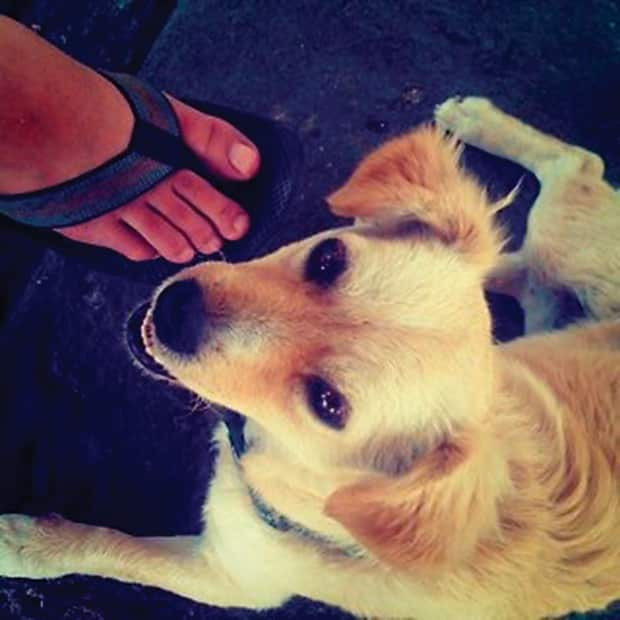In October 2010, Kevin Systrom and Mike Krieger launched Instagram, a free iPhone app that lets people share snapshots of lattes, salads and sunsets with friends. Based in San Francisco, the five employees that make up the Instagram team welcomed five million users in just nine months, its viral popularity due in part to their range of filters, which have caught the emulative attention of Facebook and Apple alike. We talked to Systrom about developing the Instagram look and asked him why he thinks so many people are eager to document, faux-age and super-saturate the days of their lives.
Have you always been into taking and altering photos? When I was young, I’d steal my dad’s Polaroid and expensive film and get in trouble cause I’d use it all up. In school I was part of the photography club. I studied abroad and took a photography class. At the time, I loved big, sharp, wide-angle lenses. I had always focused on architectural photos and detail. Then my teacher handed me this plastic Holga camera and said, “You’re going to use this and learn to deal with imperfection.” I remember developing the first roll and the feeling I got from the vignetting and the light leaks that came from the blurry plastic lens. That transformed the way I looked at photography—from trying to replicate reality into taking a scene and creating some kind of interpretation of its mood. Recently, I discovered a photo on my Flickr account from 2007 that looks exactly like an Instagram photo. Square format, brown edges. It was clear that it was there, but we hadn’t made it a product yet.
How did you develop the idea of the Instagram filter? It started off as a mobile check-in app that let you post pictures and videos. People ended up liking the photo posting more than the checking in, so we built in camera functionalities and made the focus photos, not check-ins. Initially, it didn’t have any filters. Then I was on a trip with my girl in Mexico. We were in the middle of nowhere, going to this beach. I was like, All right, I’ll bring my computer and you can read your book. That’s when the first filter, XProII, was made. I started taking lots of photos with the filter, and after a while, realized we could do more. I’d take an unfiltered photo of mine, spend a couple hours fussing with colors and textures and come up with something more interesting. Or I’d pick an image that I really liked online and mimic the color tone and stuff. [The filter] Sutro was made to resemble a picture of the Sutro Baths here in San Francisco. Earlybird has this beautiful, warm glow. People look at the filters and they call them “vintage.” Some are based in film and the borders can look vintage, but we weren’t necessarily aiming for that. What we care about is giving you the tools to take a snapshot from your camera and turn it into the mood you want. You wake up in the morning and your dog does something cute, you take a picture. At lunch, you have this really tasty sandwich, you take a picture. If someone was to play back a movie of your life, these would be the snapshots. It’s a way of expressing your life as it happens.
Do you think there’s something overly precious about constant self-documentation? I would challenge the assumption that a sandwich can’t be interesting. Life is extremely interesting, but we see it through the same lens every day. Like you can write off someone’s image of their coffee or whatever, but I’ve seen some pretty awesome looking coffees. Instagram is a meritocracy. If you take good photos, then people will follow you. It’s less about coffee and more about, I know someone somewhere doing something. I’ve never blogged, I never really tweet, but photos were always approachable for me. I never felt like I had to be clever. On Instagram there’s kind of this license to over-post photos. I couldn’t post as many photos on Facebook and not get yelled at. But Instagram’s not a friends network, it’s an interests network.
Do you miss the labor of developing film for its quality? I wish it took longer to develop the photos on Instagram, but we’re not trying to be a photography exhibit, we’re trying to be a communications medium. I have this camera I really want in my shopping basket on Amazon. Every day I go home and I’m like, Should I get it? The idea of carrying around this big, digital camera that takes gorgeous photos is really exciting. But then I’m like, Maybe I should just stick with this iPhone thing and see what happens? I want high resolution photos and full back-up and archiving of those photos. I want to know who’s in my photos, what event I was at, and see all the photos at the event around me. So yeah, I think that camera’s gonna stay in my shopping basket.
